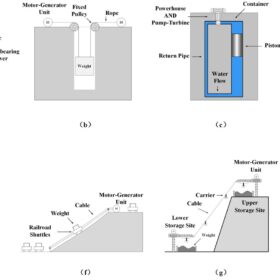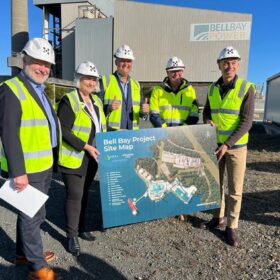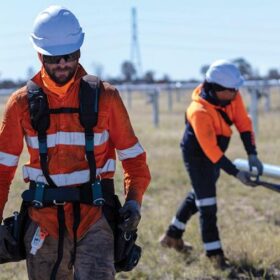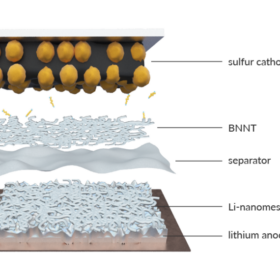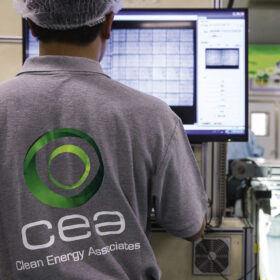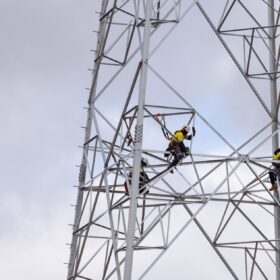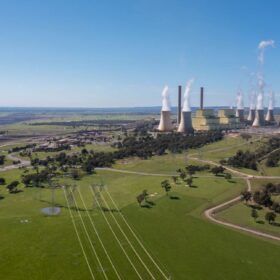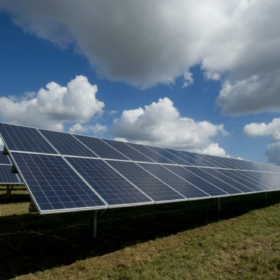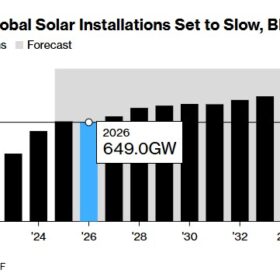Hybridising gravity energy storage with batteries, supercapacitors
Developed by Chinese researchers, the novel hybrid storage technology may achieve an efficiency of over 80% and be applied in distribution and transmission grids. The proposed combination is reportedly able to offer the advantages of gravity energy storage and power-based storage systems in a single solution.
Tasmania site secured for 240 MW green hydrogen project
Australian hydrogen developer Abel Energy and Spanish energy group Iberdrola are pushing ahead with plans to deliver a 240 MW green hydrogen and green methanol production facility in Tasmania, inking a deal to secure a site for the $1.2 billion (USD 79 million) project.
Vast announces key contracts for 288 MWh solar thermal project
Construction of Australia’s first commercial-scale concentrated solar power plant is on track to begin next year with developer Vast appointing American Australian engineering company Worley to help deliver a 30 MW/288 MWh facility planned for South Australia.
Using electric water heaters to store renewable energy could do the work of 2 million home batteries
Australia’s energy transition is well under way. Some 3 million households have rooftop solar and sales of medium-sized electric cars are surging. But as we work towards fully electric households powered by renewable energy, have we overlooked a key enabling technology, the humble electric water heater?
Queensland looks to legislate 80% renewable energy by 2035
Queensland has laid out an ambitious vision for the state’s energy future, releasing draft legislation that calls for an additional 22 GW of new wind and solar projects by 2035, supported by at least 12 GW of storage, firming and dispatchable technologies including grid-scale batteries and pumped hydro storage.
Australian startup reveals 20-layer battery cell based on semi-solid li-sulfur technology
Brisbane-based Li-S Energy has developed a 20-layer battery cell utilising semi-solid state lithium sulfur battery technology. The company claims the new cell displays nearly double the gravimetric energy density and a comparable volumetric energy density to lithium-ion cells.
First attempt to repair glass-damaged solar panels
A Dutch research group has used a series of techniques from the automotive industry to develop a novel methodology to repair glass in double-glass solar panels. Their experimental work represents the step towards transforming glass-damaged solar panels from waste into valuable products.
Weekend read: Avoiding PV buyer’s remorse
New entrants to solar equipment procurement may be surprised to encounter constantly amended contract terms, index-linked price rises, and near-worthless defect warranties, but they reflect recent supply chain troubles. Clean Energy Associates’ Martin Deak offers a buyers guide.
ElectraNet plots $2 billion transmission spend to support demand growth
South Australia’s electricity transmission network operator ElectraNet has outlined a $2 billion-plus (USD 1.3 billion) pipeline of transmission projects as it seeks to keep pace with a “rapid” energy transformation that could lead to a doubling of the state’s electricity usage by the end of the decade.
AGL eyes solar panel ‘remanufacture’ facility for Victoria site
Australian energy major AGL is pushing ahead with plans to transform its Loy Yang power station site in Victoria into a clean energy industrial hub, announcing it has signed a deal with Solar Recovery Corporation to explore the feasibility of establishing a PV panel recycling facility at the site.
